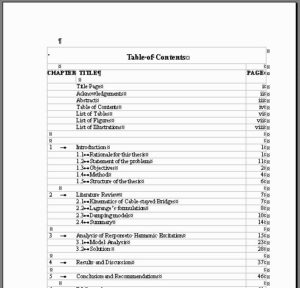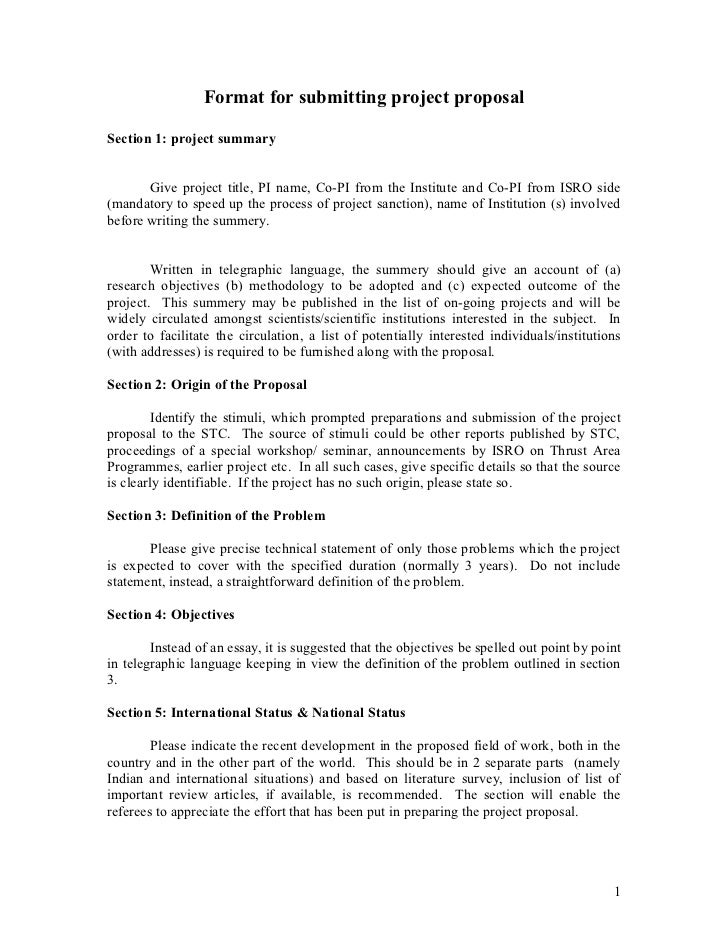REG Files: How to Create, Edit, and Use Them in Windows.
A registry file is a simple text file that is renamed to.reg extension. When the file is properly configured, you can simply click it and make changes to your Windows registry. Here is an example.
And in the case of this particular registry hack, that would work just fine because there is only a single value on the right — but most of the time, you’re going to need to edit the file. So right-click on it and choose Edit to open in Notepad. And now we see the registry hack format, which is pretty simple, but requires a little explanation.

You can use the following code to create and open the required registry keys. You can basically use CreateSubKey for all your application settings, as it will open the key for write access, if it already exists, and create it otherwise. There is no need to create first, and then open.

For a list of the value types supported by RegSetValueEx, see Registry Value Types. To delete a value from a key, an application can use the RegDeleteValue function. To delete a key, it can use the RegDeleteKey function. A deleted key is not removed until the last handle to it has been closed.

The Windows Registry is a hierarchical database for storing many kinds of system and application settings. Prior to the Registry, .ini files in the form of text files were commonly used for storing these settings. However, these files were unable to meet all the requirements of a modern application.

This tip shows how to use the Registry tab in Visual Installer to store a key and value in Windows Registry during an installation. Tip: How to write to the Windows Registry In the Visual Installer setup tool there is a tab in the editor that is used to specify keys and values that should be stored in the Windows Registry during an installation.

Batch Script - Adding to the Registry - Adding to the registry is done via the REG ADD command. Note that in order to add values to the registry you need to have sufficient privileges on the system to.

To add a registry subkey or add or change a registry value, make the appropriate changes in the registry, and then export the appropriate subkey or subkeys. Exported registry subkeys are automatically saved as .reg files. To make changes to the registry and export your changes to a .reg file, follow these steps: Click Start, click Run, type regedit in the Open box, and then click OK.

To create the .reg file, use Regedit.exe to export the registry key that you want to delete, and then use Notepad to edit the .reg file and insert the hyphen. back to the top. Renaming Registry Keys and Values. To rename a key or value, delete the key or value, and then create a new key or value with the new name. Distributing Registry Changes.

You can get advice from a professional if your will is not straightforward, for example: you have several family members who may make a claim on your will, such as a second spouse or children from.

The Windows registry can be a confusing place when you are trying to find a particular registry key. Just to find one registry key you might have to enter up to 10 folders. Folders in folders, in folders. It seems like the Windows Registry goes on forever. Its just a maze of entries that takes time to navigate through, and therefore I take the.

The goal is to create a batch file (being launched from my pc) thakes the first line, tries to ping that machine, if it responds, write the date into the registry and then goes to pinging the following and so on.

Normally, you don't interact directly with the registry; instead, you use some Windows utilities (such as those found in the Control Panel) or INI, SYS, BAT files etc. These tools allow you to customize the registry without actually working directly with it. There are, however, features that can only be set by editing the registry directly.



